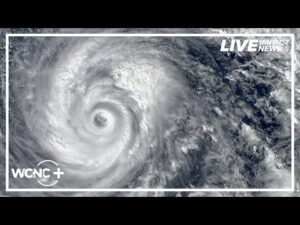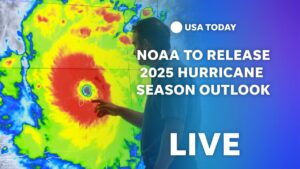
Historic monsoon rains and flooding in Pakistan have affected more than 30 million people over the last few weeks. This climate-induced humanitarian disaster of epic proportions in Baluchistan, Sindh, the Southern part of Punjab (Dera Ghazi Khan, Rajanpur, and Mianwalai districts), and on August 26, 2022, at Swat Valley and Kohistan area of KPK (Khyber Pakhtun Kawah).
Pakistan has urged the international community to help with relief efforts.It struggles to cope with the aftermath of torrential rains that have triggered massive floods since last month. Killing more than 1000 people, there is a dire need for coordination in humanitarian affairs. This monsoon rains had affected more than 30 million people in Pakistan 554,000 of them have been displaced to relief camps. Millions of tones wheat damaged at food centers and people storage, which will result into food security for the country.
Funding and reconstruction efforts will be a challenge for cash-strapped Pakistan. The country is having to cut spending to ensure that the IMF (international monetary fund), world bank and Asian Development Bank approves the release of much-needed bailout money. National disaster management authority said that in the last 24 hours 250 kilometers of roads had been damaged and over 102, 000 homes have been partially or fully damaged.
A national emergency has been declared heavy rains continue to batter parts of southwestern Pakistan it’s the worst flooding Pakistan’s witnessed in living memory. As 30 districts in completely inundated so this is reaching proportions much bigger than we saw in the super flood in 2010. It’s the biggest flood we’ve seen in living memory. It has stretched all resources so thin to the ground that human vulnerability and fragility is very high. We are unable to reach many places because our helicopters are unable to reach cut-off areas. We have 04 rivers leveling out into large flat plains it looks like an ocean everywhere. Literally, if you see
the images in my video and it’s quite it’s quite devastating. Affected people are not getting enough help yet. In most of parts means some at places government authorities have reached out to rescue the people but in the majority of the places people are still extended into the flood water and they are calling on social media asking for help. But, in many places government authorities have not reached out to rescue them a large number of
people have come out of this flood water. They reached some safer places but still, a large number of people are extended into the flood water.
We’re talking to you we’re obviously looking at images of the damage being done by these flood waters entire buildings being washed away. Buildings that are made of concrete really are huge this isn’t it yes today you can see on social media that in the flash flooding in which many in some tourist plants there. Climate change is the cause but there’s also a fair bit of criticism about the way that the waterways have encroached. Town planning and the influence of that side of things and how worse how this has been made worse by that. Yes, this is right meaning Pakistan is the worst victim of climate change and is the fifth victim of climate change in the world. We saw 2010 flats and then continuous heatwaves in Karachi and other parts and then dry spells and severe drought in many parts.
But when it comes to the flooding this year, we saw that the flood water is not receding it’s not flowing uh because the people are means are criticizing the government. They have allowed the developers to make the buildings and the residential plaza just on the waterways. So, the water is not going anywhere so this is increasing the severity of this flooding across Pakistan. It’s become every year it’s become very very means a serious problem for Pakistan.
#Selab
#Cashstrapped
#Pakistan
#Naturaldisaster
#Humanitarian
#disaster
#flood
#monsoonrains
#rains
#climatechange
#vulnerability
#foodsecurity
#wheatdamage
source



